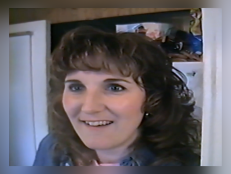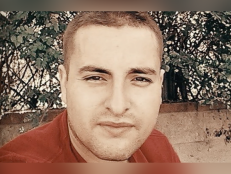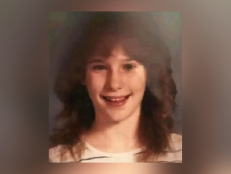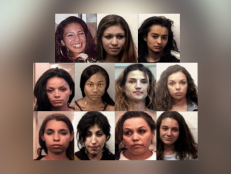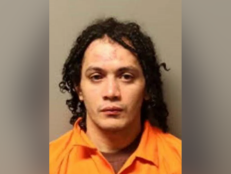Serial Rapist Penn State Linebacker Continued To Terrorize Women Despite His Arrest, Conviction
“He got away with things because he was a bigshot football player,” says one of Todd Hodne’s victims.
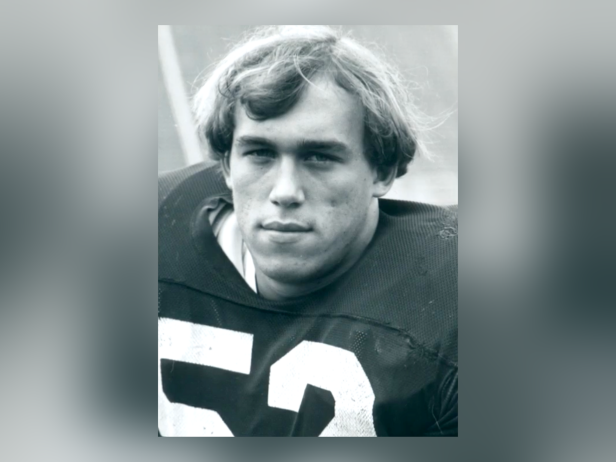
Warner Bros. Discovery, Inc. (Screenshot from ID's "Murder Under The Friday Night Lights")
A serial rapist stalked coeds at Pennsylvania State University until he got caught, but even then, the perpetrator was able to continue his crime spree hundreds of miles away.
At the beginning of the school year in 1978, Penn State senior Betsy Sailor advertised for a female roommate. When a man called on Sept. 13 and said his girlfriend needed a place to stay, she told him about the apartment in State College.
Later that evening, Sailor returned home after going out. Inside her apartment, she had just noticed a lamp she left on was now off when a man grabbed her, covered her mouth, and held a knife to her throat. He bound her hands up and brutally raped her.
After her attacker fled, Sailor called the police for help. Investigators recovered a knife at the scene as well as an unscrewed lightbulb from the lamp, off of which investigators hoped to lift fingerprints.
“We learned that after Betsy was attacked, there were other attacks on other women, with similar [methods], maybe making it the same perpetrator,” Duane Musser, a retired State College Police Department investigator, said of suspecting a serial rapist was stalking the Penn State campus.
Ron Smeal, a former lieutenant of the SCPD, noted of the crimes: “The most challenging part of dealing with this serial rapist was worrying about another victim until we caught him, stopping it, knowing that he’s out there and that some other victim might be brutalized before we catch him.”
Police got a major break in the case when a woman called and told investigators she had been raped and then received harassing phone calls from her attacker. The woman’s father happened to work for the telephone company, and he was able to trace the calls and determined they were coming from a Penn State dormitory room.
“We were able to determine from Penn State records that there were two football players living in that room,” Musser said.
Investigators identified Todd Hodne, a linebacker for the Penn State Nittany Lions, as a primary suspect in the case and, due to a previous arrest, they were able to request the FBI compare his fingerprints to those lifted from the lightbulb in Sailor’s home.
They were a match.
When officers secured a warrant and contacted then Penn State head coach Joe Paterno and asked about Hodne’s whereabouts, they found out he was in Long Island. Paterno said he would try to locate the player.
“Joe Paterno was extremely influential on campus,” Musser recalled. “The football players to the students were gods. They walked on water. Players could do just about anything they wanted to do.”
Still, Musser alleged, “Penn State will do whatever they can to create a wonderful image of Penn State with no issues anywhere.”
Musser speculated Paterno secured an attorney for Hodne and believed the attorney then advised the football player to turn himself in to authorities.
In October 1978, Hodne was charged with raping Sailor.
Nobody could back up Hodne’s alibi that he was at a fraternity party the night of the attack, and he admitted the knife found at Sailor’s home after her rape was his, police said. But, he claimed, it was stolen and insisted he was innocent.
On March 1, 1979, Hodne’s trial began and he was eventually found guilty in the rape case. Despite the conviction, the judge made the surprise decision to turn Hodne loose after the verdict pending a pre-sentencing investigation.
“I can speculate that it had something to do with who he was … football player, Penn State, Joe Paterno …. I don’t know, but there had to be a reason the judge did that because that was totally out of the norm,” Musser said.
Hodne went to Long Island, New York, with his family, upsetting local law enforcement officials, who were concerned the disgraced footballer would attack again.
They were right. Hodne raped another victim in Oyster Bay Cove on April 23, 1979 — just seven weeks after he was convicted of raping Sailor.
A week later, on the evening of April 30, 1979, then 20-year-old Barbara Johnson was out jogging in her hometown on Long Island, Bethpage, New York. “I heard somebody coming up behind me,” she recalled, noting she thought little of the man she saw after turning around, assuming he was just out walking.
The man, however, ran up to Johnson and held his hand over her mouth and threatened her with a knife. He then dragged her into the woods and tied her hands behind her back with the tie from her sweatpants and raped her.
Minutes after the large, blond-haired man ran off, Johnson fled and told her police officer father what happened. “He went out every day and every night looking for this guy,” Johnson said.
On May 31, 1979, Hodne struck again in Baldwin, New York, when he attempted to rape a 16-year-old girl home alone. The girl was able to put up a fight, and a neighbor, who happened to be a New York City cop, saw Hodne run from the teenager’s house, gave chase and caught him.
Hodne, then 20, was eventually tied to five unsolved sexual assaults in Nassau County, Long Island.
In September 1979, six months after he was convicted of rape in Pennsylvania, Hodne was back in court in New York. He was found guilty of multiple rape counts and sentenced to serve seven to 21 years in prison.
Hodne was released in 1986 after serving three years for rape in Pennsylvania and four years in New York.
“He got away with things because he was a bigshot football player,” Johnson said. “They didn’t want Hodne to taint the whole status of the football team, so they basically covered it up. Had they been more serious on the Penn State campus, the rapes on Long Island would not have happened.”
On Aug. 11, 1987, Hodne attacked a taxi driver during a robbery, and the victim later died from his injuries. The ex-football player was convicted of murder and sentenced to 25 years to life behind bars.
He died from cancer at age 61 while still incarcerated.
For more on this case, stream Murder Under The Friday Night Lights: "When Rules Don't Apply" on Max.

![Stacy Arthur [left] and James "Jim" Arthur [right] pictured smiling.](http://investigationdiscovery.sndimg.com/content/dam/images/investigationdiscovery/crimefeed/legacy/2023/01/the-playboy-murders-S1-E1-all-that-glitters.png.rend.hgtvcom.231.174.suffix/1673991794237.png)

